Home>Furniture>Kitchen Furniture>How Many Amps Are In A Dryer


Kitchen Furniture
How Many Amps Are In A Dryer
Modified: March 2, 2024
Find informative articles on how many amps a dryer uses. Get all the details and recommendations for safe and efficient dryer usage.
(Many of the links in this article redirect to a specific reviewed product. Your purchase of these products through affiliate links helps to generate commission for Storables.com, at no extra cost. Learn more)
Introduction
When it comes to understanding the energy consumption of appliances, amps play a crucial role. In the case of dryers, knowing the number of amps they require can help you determine their energy efficiency and compatibility with your electrical system.
But what exactly are amps, and how do they relate to dryers? In this article, we will delve into the world of amps and explore their significance when it comes to dryer usage. We will also discuss the different types of dryer amps, their standard requirements, and factors that can affect amp usage in dryers. By the end of this article, you will have a better understanding of how amps impact dryer efficiency and what you can do to manage them effectively.
So, let’s dive in and unravel the mysteries of amps and dryers!
Key Takeaways:
- Understanding the amp requirements of your dryer is crucial for energy efficiency and safe operation. By managing factors like load size and ventilation, you can optimize amp usage and improve drying performance.
- Choosing the right dryer with an appropriate amp rating and utilizing energy-saving settings can help reduce unnecessary energy consumption. By implementing smart loading practices and maintaining cleanliness, you can effectively manage amps and enhance energy efficiency.
Read more: How Many Amps In A Hair Dryer
Understanding Amps and Dryers
Before we delve into the specifics of dryer amps, let’s first understand what amps are and how they relate to electrical systems. Amps, short for amperes, are a unit of measurement used to quantify electric current. In simple terms, they measure the rate at which electric charge flows through a circuit.
In the context of dryers, amps indicate the amount of electric current required to power the appliance. Different types of dryers have varying amp requirements, typically ranging from 15 amps to 30 amps. Understanding these amp requirements is crucial as it determines the compatibility of the dryer with your electrical system. Using a dryer with higher amp requirements than your electrical circuit can handle may lead to tripped breakers or even electrical hazards.
Dryers are powerful appliances that generate heat to dry clothes efficiently. To perform this task, they need a significant amount of electricity. The amp rating of a dryer determines its energy consumption and efficiency. Higher amp ratings generally indicate more powerful dryers that can dry clothes faster, while lower amp ratings may mean a longer drying time.
It is important to note that the amp rating of a dryer is different from its voltage rating. While amps measure the electric current, voltage indicates the force or pressure of the electricity flowing through the circuit. Most dryers operate at 240 volts, but their amp requirements can vary.
Now that we have a basic understanding of amps and their relationship with dryers, let’s explore the different types of dryer amps and their significance when it comes to energy consumption and efficiency.
Types of Dryer Amps
When it comes to dryer amps, there are two main types: 15 amp and 30 amp. Let’s take a closer look at each of these types and their characteristics.
1. 15 Amp Dryers: These dryers are designed to operate on a 15-amp electrical circuit. They are typically less powerful and have lower wattage compared to 30-amp dryers. This means that they may require more time to dry clothes, especially larger loads. 15 amp dryers are commonly found in apartments, small homes, or older buildings with limited electrical capacity.
2. 30 Amp Dryers: These dryers require a dedicated 30-amp circuit. They are more powerful than 15-amp dryers and can dry clothes more quickly and efficiently. 30 amp dryers are often found in larger homes or commercial settings where heavier loads and faster drying times are necessary.
It is important to note that the amp rating of a dryer is not something that can be adjusted or changed by the user. The amp rating is determined by the design and specifications of the dryer. Using a higher amp dryer on a lower amp circuit can overload the circuit and cause electrical issues.
Now that we have covered the different types of dryer amps, let’s discuss why understanding and considering the amp requirements of your dryer is important for its efficiency and performance.
Importance of Amps for Dryer Efficiency
The amp rating of a dryer plays a significant role in its energy efficiency and overall performance. Understanding and considering the amp requirements of your dryer is crucial for several reasons:
1. Energy Consumption: The amp rating directly impacts the amount of electricity consumed by the dryer. Higher amp dryers generally consume more energy compared to lower amp ones. By knowing the amp rating of your dryer, you can make informed decisions about energy usage and choose a dryer that aligns with your energy-saving goals.
2. Drying Efficiency: Dryers with higher amp ratings tend to have more powerful heating elements and motors. As a result, they can dry clothes more quickly and efficiently. This is especially important if you have a busy lifestyle or large loads of laundry to tackle regularly. On the other hand, lower amp dryers may take longer to dry clothes, which can be a consideration if time is of the essence for you.
3. Compatibility: Understanding the amp requirements of your dryer is crucial for ensuring compatibility with your electrical system. Using a dryer with higher amp requirements than your electrical circuit can handle may lead to circuit overload, tripped breakers, or even electrical hazards. On the other hand, using a lower amp dryer on a higher amp circuit may result in inefficient performance and longer drying times. It is important to ensure that the amp rating of your dryer aligns with the capabilities of your electrical system for safe and efficient operation.
4. Cost Savings: In addition to energy efficiency, choosing a dryer with an appropriate amp rating can also result in cost savings. Energy-efficient dryers can help reduce electricity bills in the long run. By opting for a dryer that matches your needs and energy-saving goals, you can minimize energy waste and enjoy the benefits of a more economical drying process.
By considering the amp requirements of your dryer, you can make informed decisions about energy consumption, drying efficiency, compatibility, and cost savings. Now that we understand the importance of dryer amps, let’s explore the standard amp requirements for dryers and factors that can affect amp usage.
Check the label on your dryer or the manufacturer’s specifications to find out how many amps it requires. Typically, a standard residential dryer will require around 30 amps. Always consult a licensed electrician for any electrical work.
Standard Amp Requirements for Dryers
The standard amp requirements for dryers typically fall into two categories: 15-amp and 30-amp circuits. Let’s take a closer look at these standard amp requirements:
1. 15-Amp Circuits: Dryers that operate on a 15-amp circuit are designed to consume a maximum of 15 amps of electric current. These dryers are generally less powerful and have lower wattage compared to those on 30-amp circuits. They are commonly found in apartments, small homes, or older buildings with limited electrical capacity. It is important to note that using a 15-amp dryer on a 30-amp circuit can cause the dryer to operate at a reduced capacity and may not deliver optimal performance.
2. 30-Amp Circuits: Dryers that require a 30-amp circuit need a dedicated electrical circuit capable of providing a maximum of 30 amps of electric current. These dryers are usually more powerful and efficient, making them suitable for larger homes or commercial settings where heavy loads and faster drying times are desired. It is crucial to ensure that the electrical system can support the 30-amp requirement to avoid circuit overload and potential electrical hazards.
It is important to note that the exact amp requirement for a specific dryer may vary depending on the manufacturer and model. Always refer to the dryer’s specifications or consult the manufacturer’s guidelines for the correct amp rating.
Now that we know the standard amp requirements for dryers, let’s explore some factors that can affect amp usage in dryers and provide tips for managing amps effectively.
Read more: How Many Amps For Refrigerator
Factors Affecting Amp Usage in Dryers
Several factors can impact the amp usage of a dryer. Understanding these factors can help you manage amp requirements effectively and optimize the performance of your dryer. Let’s take a look at some of the key factors:
1. Load Size and Type: The size and type of load you put in the dryer can affect its amp usage. Larger and heavier loads may require more energy and, consequently, more amps to dry effectively. Additionally, certain fabrics or materials may require longer drying times, leading to increased amp usage. It is essential to follow the manufacturer’s guidelines for load capacity and cycle settings to ensure efficient use of amps.
2. Ventilation and Airflow: Proper ventilation and airflow are critical for efficient drying and can impact amp usage. A clogged or restricted dryer vent can restrict airflow, causing the dryer to work harder and consume more energy. Regularly clean out the dryer vent and ensure that it is free from obstructions to maintain optimal airflow and minimize amp usage.
3. Dryer Maintenance: Keeping your dryer properly maintained can contribute to its efficient performance and help manage amp usage. Regularly clean the lint filter to prevent lint buildup, which can reduce airflow and increase amp requirements. Additionally, ensure that the dryer’s ductwork and exhaust system are clean and free from obstructions to maintain optimal efficiency.
4. Energy-Saving Features: Some dryers come equipped with energy-saving features such as moisture sensors or eco-friendly drying cycles. These features can help optimize amp usage by automatically adjusting the drying time and temperature based on the moisture content of the load. Take advantage of these features to minimize energy waste and reduce overall amp usage.
5. Timed Drying vs. Auto-Dry: The drying cycle you choose can also impact amp usage. Timed drying allows you to set a specific drying time, while auto-dry uses sensors to determine when the load is dry and automatically shuts off the dryer. Auto-dry can help optimize amp usage by avoiding unnecessary drying time, thereby reducing energy consumption.
By being mindful of these factors and adopting energy-efficient practices, you can effectively manage amp usage in your dryer and maximize its efficiency. Now, let’s explore some tips for managing amps in dryers.
Tips for Managing Amps in Dryers
Managing amps in your dryer can help optimize its performance, reduce energy consumption, and ensure safe operation. Here are some useful tips to effectively manage amps in dryers:
1. Select the Right Dryer: Choose a dryer with an appropriate amp rating for your electrical system. Ensure that the dryer’s amp requirements align with the capabilities of your circuit to avoid overloading and potential electrical hazards. Refer to the manufacturer’s specifications or consult an electrician if you’re unsure about your electrical system’s capacity.
2. Load Smarter: Avoid overloading the dryer with excessive amounts of laundry. Dividing larger loads into smaller, manageable loads can help distribute the drying workload and reduce amp usage. Additionally, consider separating heavy items, such as towels or blankets, from lighter fabrics to ensure more even drying and prevent excessive energy consumption.
3. Use Energy-Saving Settings: Utilize the energy-saving features and settings available on your dryer. These may include moisture sensors, eco-friendly drying cycles, or energy-saving modes. These features can optimize amp usage by adjusting the drying time and temperature based on the moisture content of the load, resulting in more efficient drying and lower energy consumption.
4. Clean and Maintain Regularly: Keep your dryer clean and well-maintained to ensure optimal performance and energy efficiency. Regularly clean the lint filter to prevent lint buildup, which can impede airflow and increase amp usage. Additionally, inspect and clean the dryer vent and exhaust system regularly to remove any obstructions and maintain proper ventilation.
5. Optimize Airflow: Ensure proper airflow in and around your dryer. Make sure the dryer is not pushed against the wall, as this can restrict airflow. Maintain adequate clearance around the dryer and avoid blocking vents or air intake areas. Good airflow facilitates efficient drying, reduces energy waste, and optimizes amp usage.
6. Consider Drying Time: Be mindful of the drying time for different loads. Avoid running the dryer for longer than necessary as this can consume unnecessary energy. Check the dryness level of the load periodically during the cycle and remove clothes when they are fully dry to save energy and manage amp usage effectively.
7. Schedule Off-Peak Usage: If your electricity provider offers off-peak hours with lower rates, consider running your dryer during these periods. This can help reduce energy costs by taking advantage of the lower electricity rates and optimizing amp usage when the demand on the electrical grid is lower.
By implementing these tips, you can effectively manage amps in your dryer, enhance energy efficiency, and reduce unnecessary energy consumption. Remember, maintaining a balance between optimal drying performance and energy conservation is key for ensuring efficient operation and prolonging the lifespan of your dryer.
Now, armed with this knowledge, you can make the most of your dryer while minimizing its impact on your energy usage and electrical system. Happy drying!
Conclusion
Understanding the amp requirements of your dryer is essential for ensuring its efficiency, energy consumption, and safe operation. By knowing the amp rating of your dryer and considering factors such as load size, ventilation, and maintenance, you can effectively manage amps and optimize the performance of your appliance.
We explored the different types of dryer amps, including 15-amp and 30-amp circuits, and discussed their characteristics and typical usage scenarios. It is crucial to choose a dryer with an appropriate amp rating that aligns with your electrical system to avoid overloading and potential hazards.
We also highlighted the importance of amp requirements for dryer efficiency. Amps have a direct impact on energy consumption and drying efficiency. Higher amp dryers can dry clothes faster, while lower amp ones may require more time. By understanding the amp requirements, you can make informed decisions about energy usage and choose a dryer that suits your needs.
Furthermore, we discussed the standard amp requirements for dryers and explored factors that can affect amp usage, such as load size, ventilation, and maintenance. By managing these factors, you can optimize amp usage, reduce energy consumption, and improve the overall performance of your dryer.
Lastly, we provided some practical tips for managing amps in dryers. These tips included selecting the right dryer, loading smartly, utilizing energy-saving settings, maintaining cleanliness, optimizing airflow, considering drying time, and scheduling off-peak usage. By implementing these strategies, you can effectively manage amp usage, increase energy efficiency, and reduce unnecessary energy consumption in your dryer.
In conclusion, understanding the amp requirements of your dryer and managing amps effectively is crucial for its optimal performance, energy efficiency, and safe operation. By following the guidelines and tips provided in this article, you can make informed decisions, conserve energy, and enjoy the benefits of a well-functioning and efficient dryer.
So, go ahead and put this knowledge into practice to maximize the efficiency of your dryer and save energy in the process. Happy drying!
Frequently Asked Questions about How Many Amps Are In A Dryer
Was this page helpful?
At Storables.com, we guarantee accurate and reliable information. Our content, validated by Expert Board Contributors, is crafted following stringent Editorial Policies. We're committed to providing you with well-researched, expert-backed insights for all your informational needs.
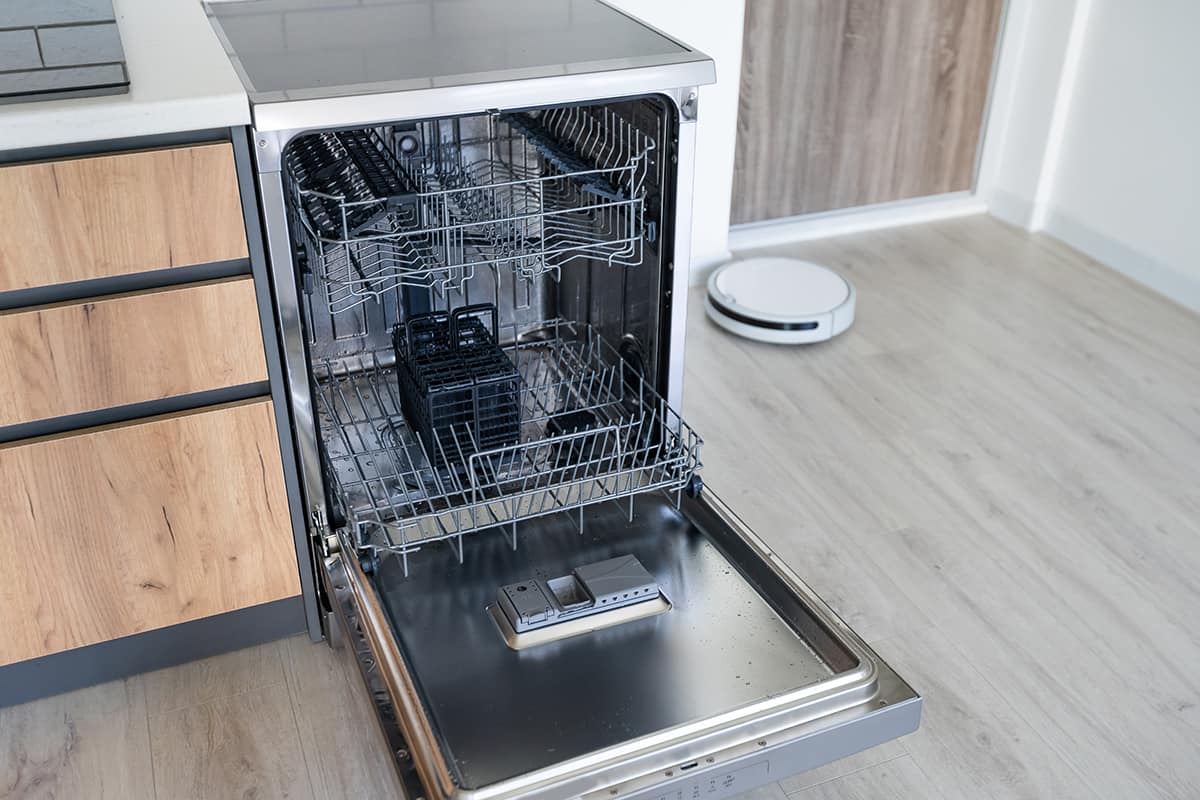

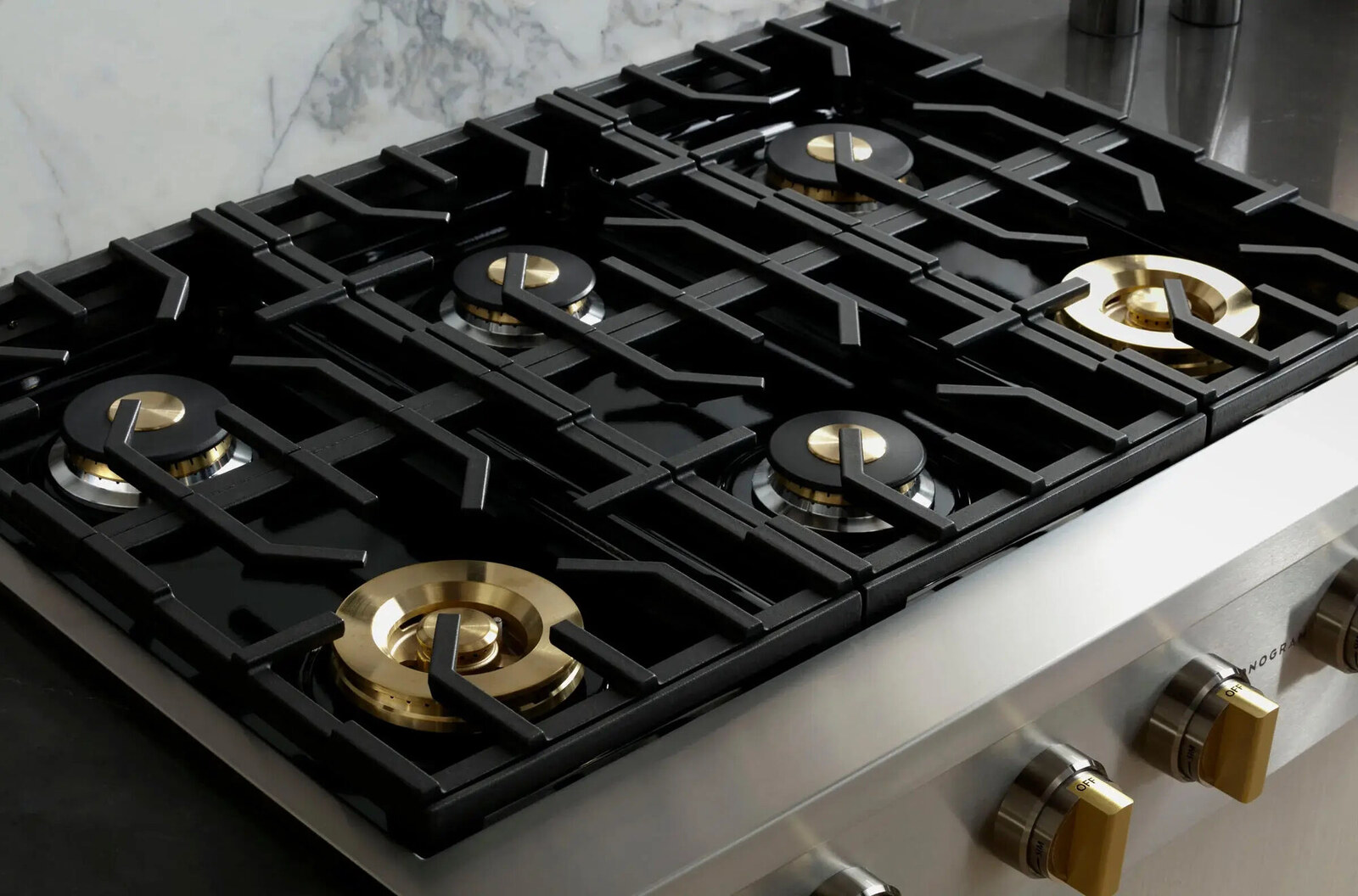
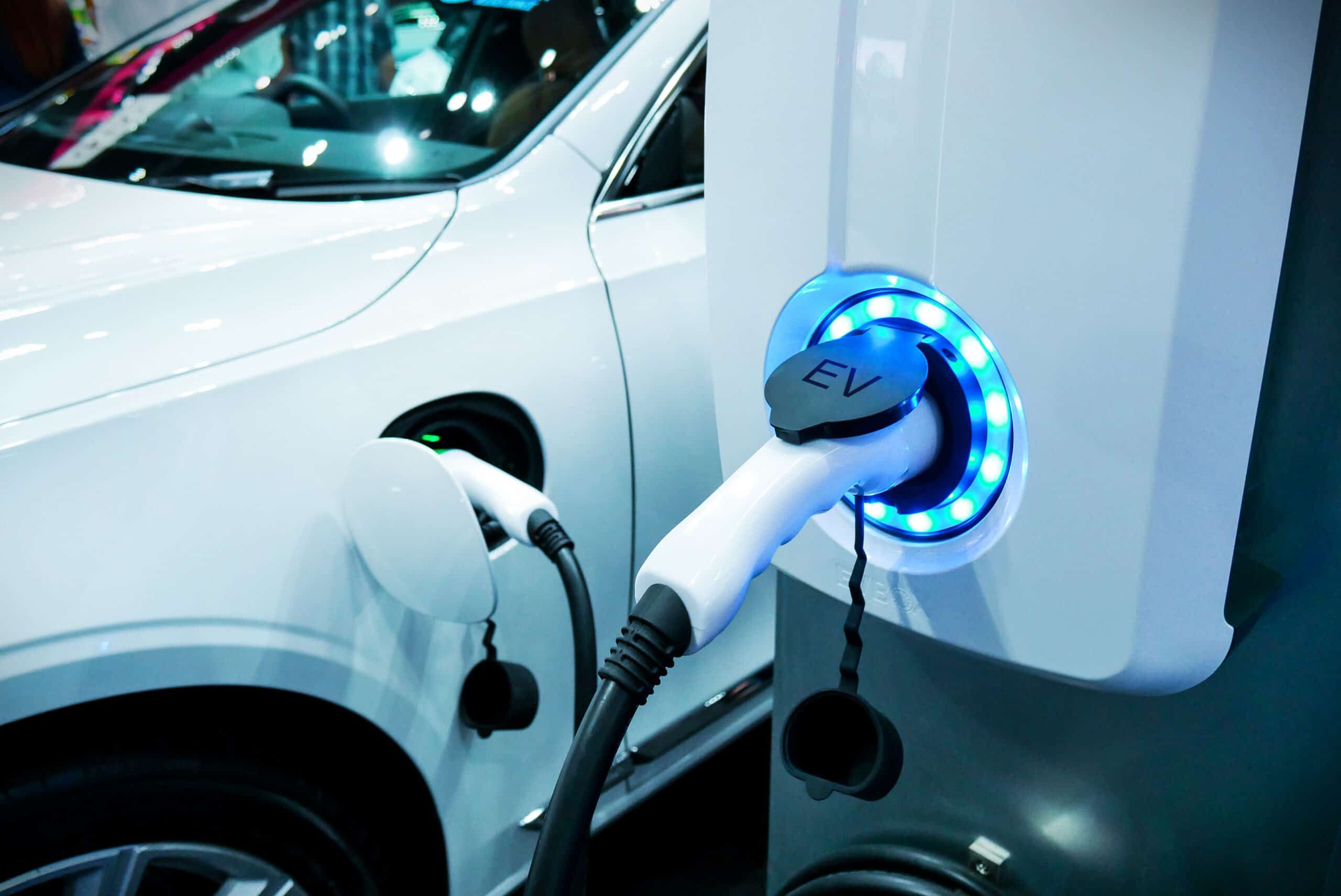
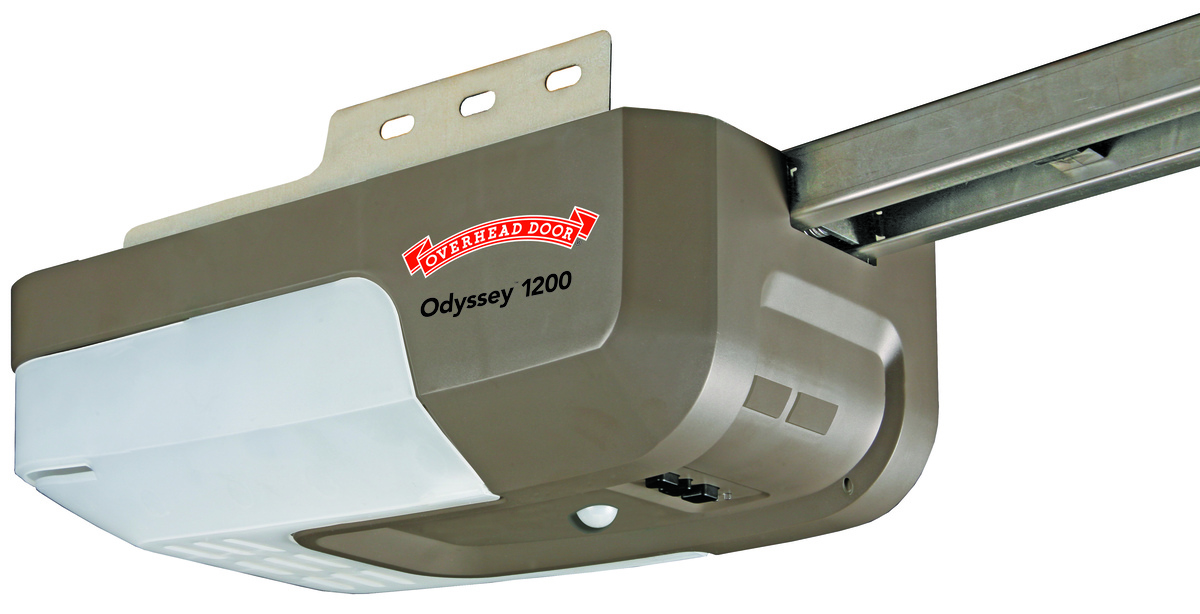
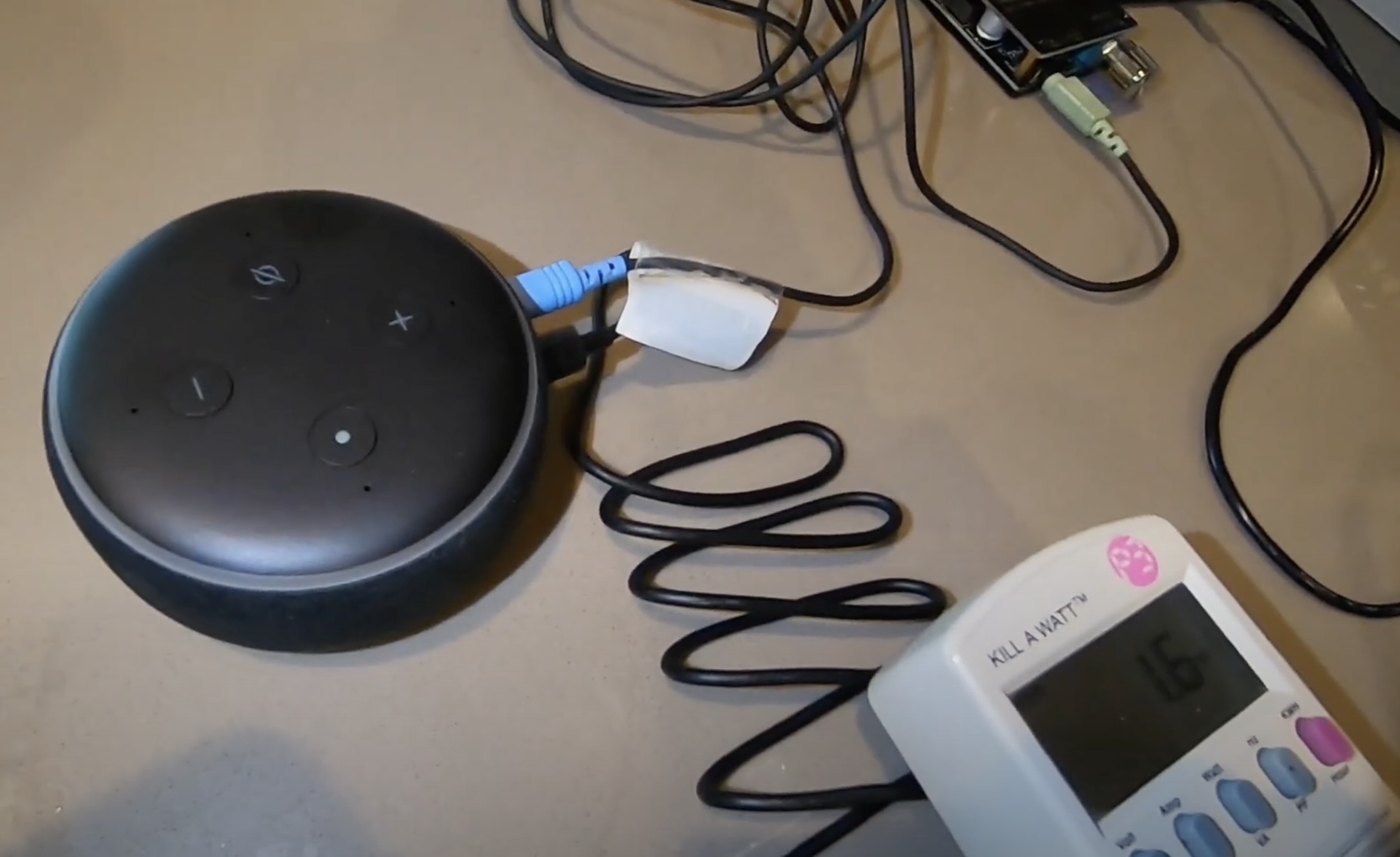
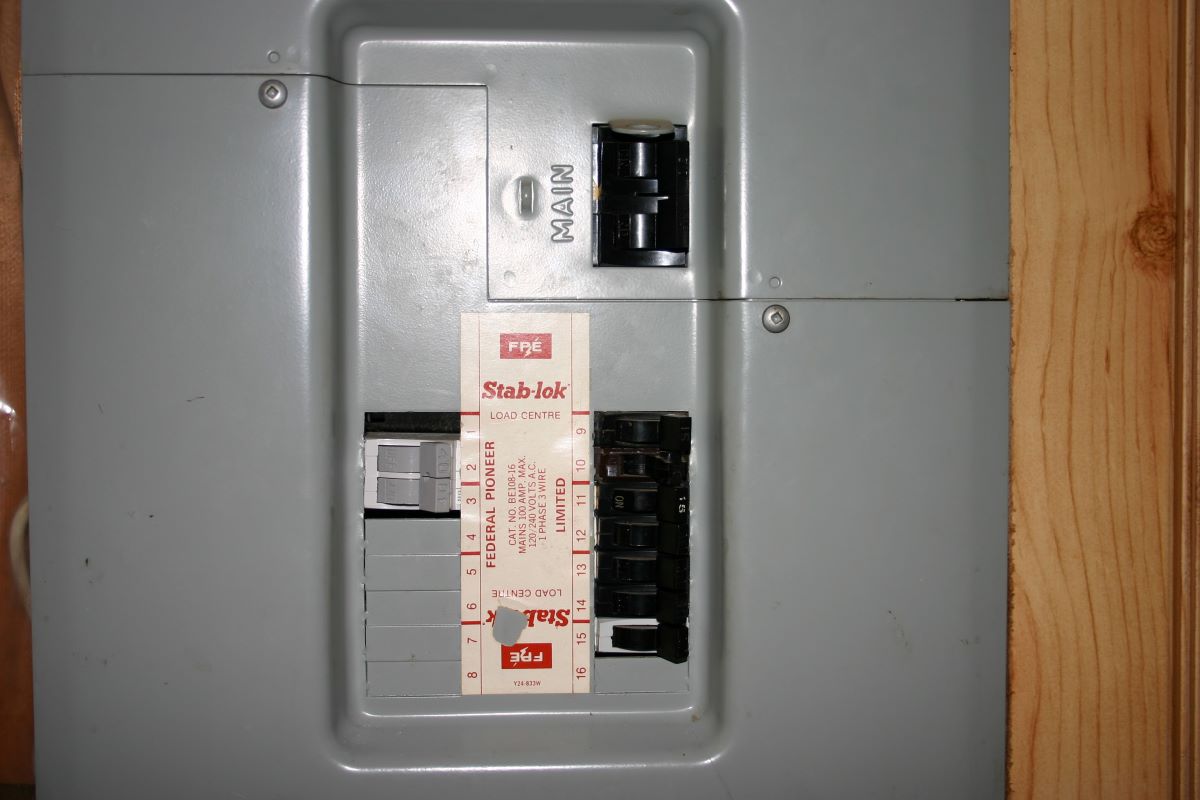

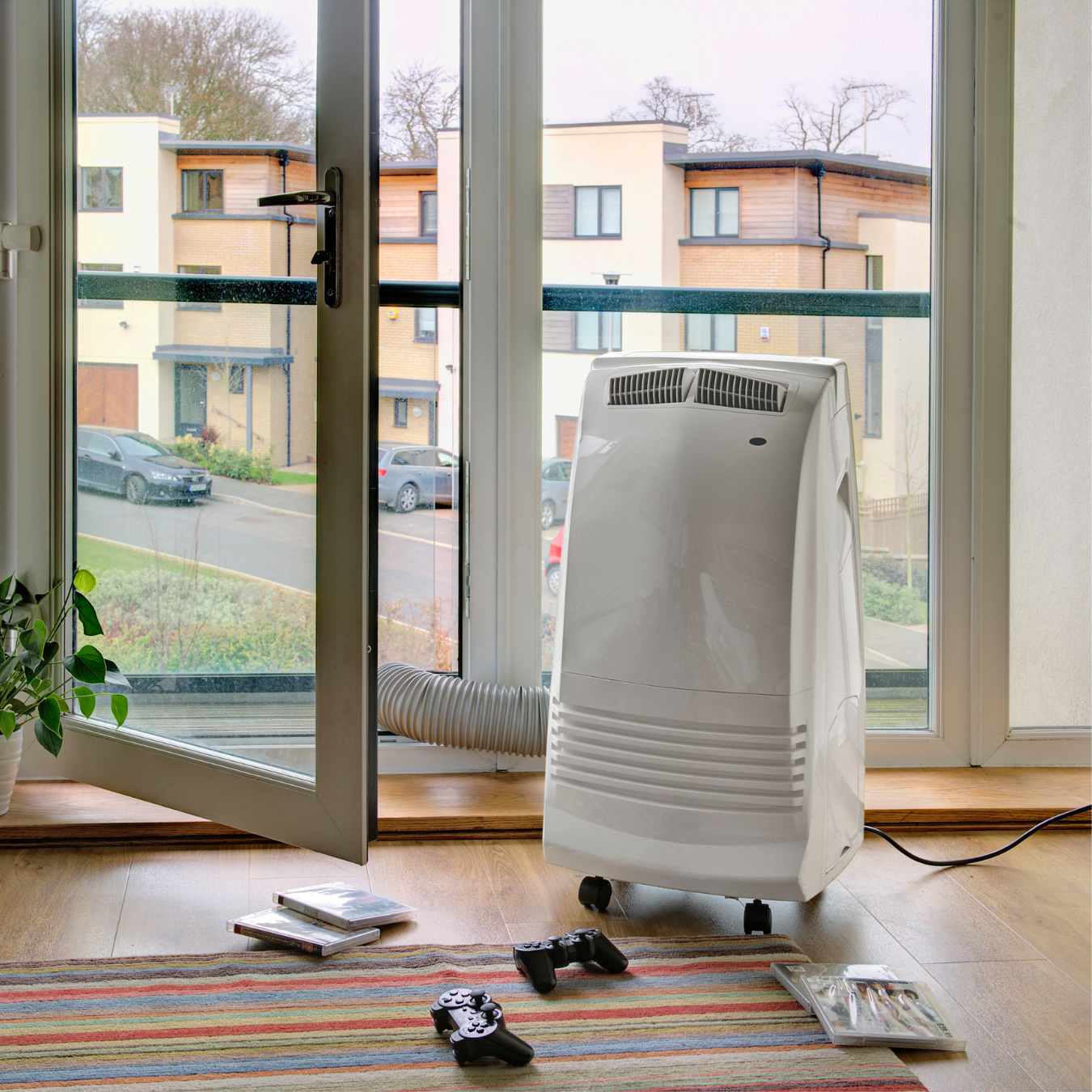
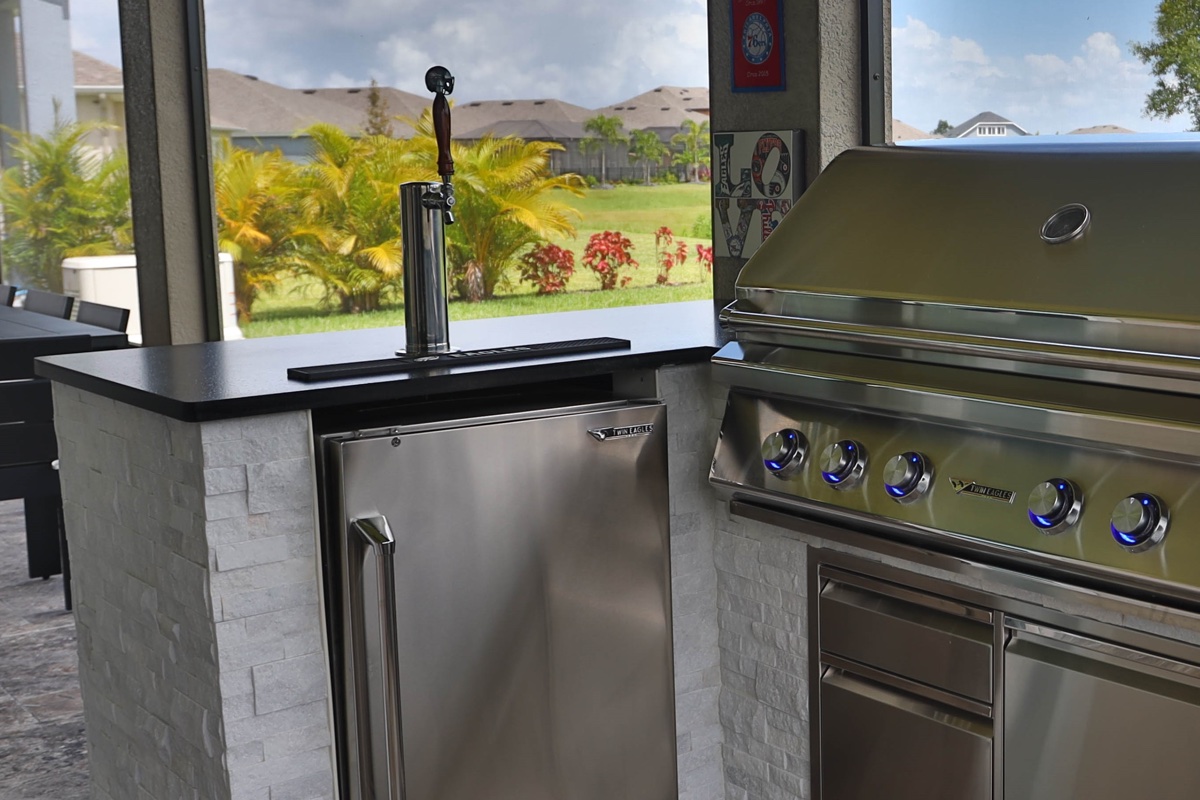

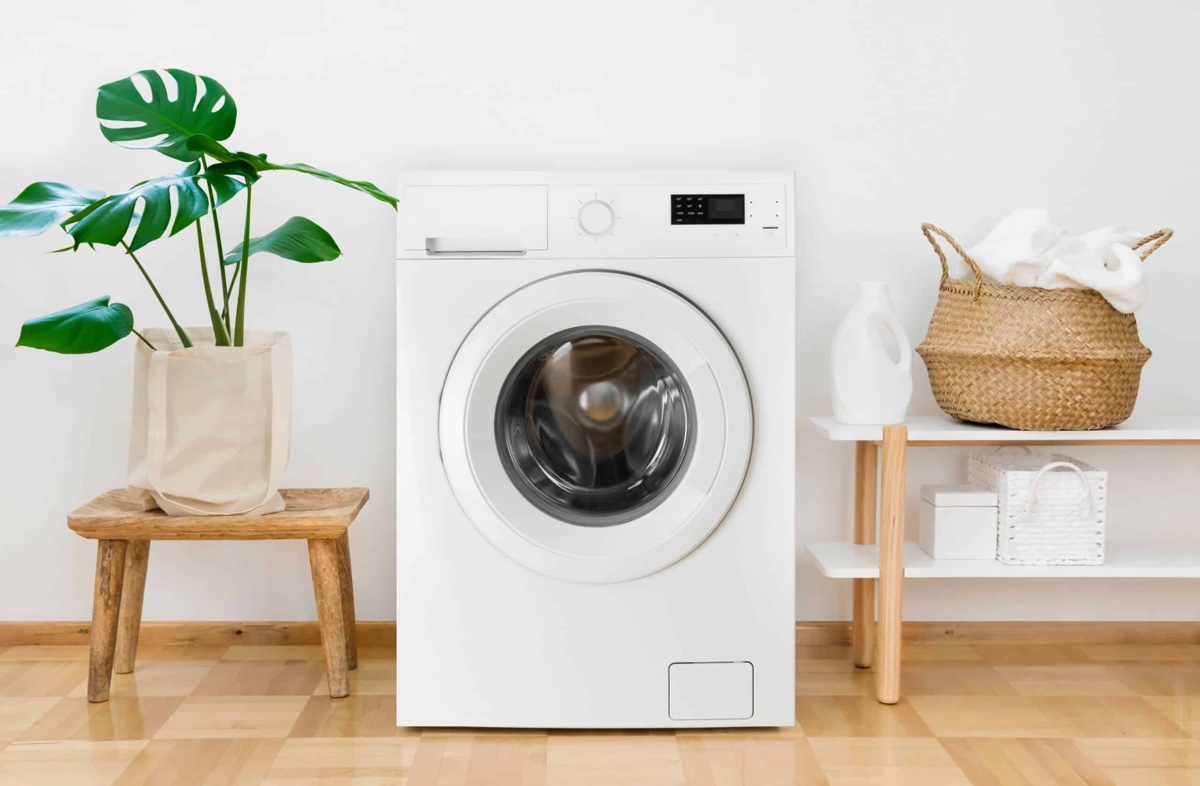
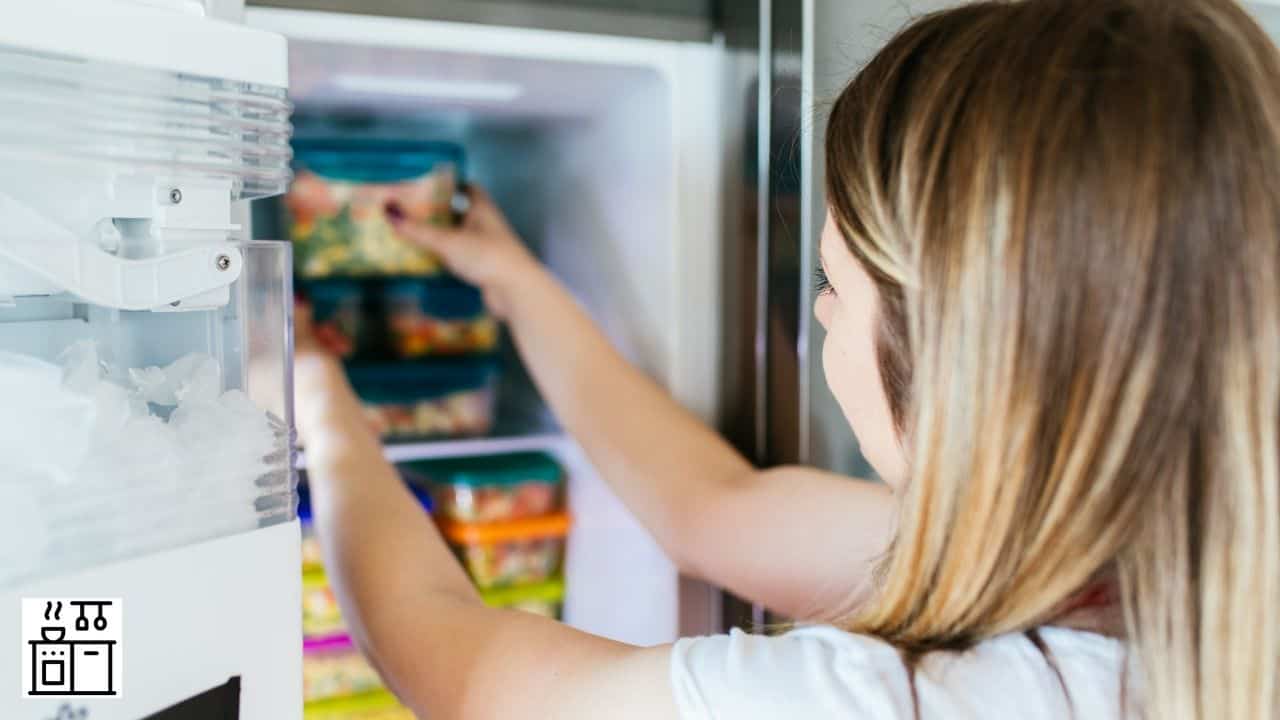


0 thoughts on “How Many Amps Are In A Dryer”